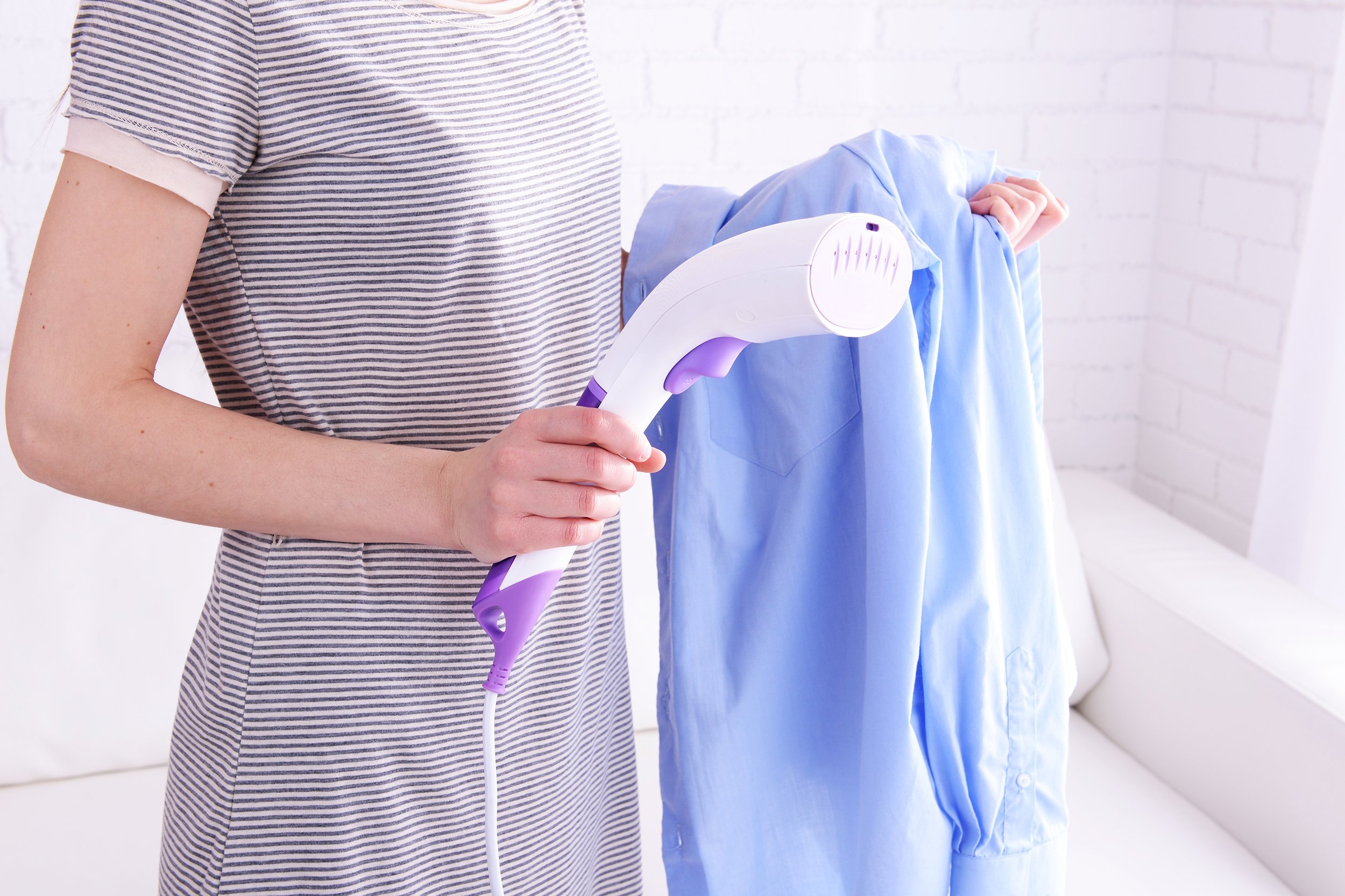The average American spends about $500 a year on dry cleaning, according to industry reports. While it may seem a necessary expense, many consumers are simply throwing money down the drain. But you don’t have to give up clean clothes to save money — these 10 tips can keep you from being taken to the cleaners by your dry cleaner.
DON’T OVERDO IT

Certain items, such as wool coats, should be dry cleaned only once a year. In the meantime, a garment brush can go a long way toward giving the impression of freshly cleaned clothing. A fabric steamer (even a small, inexpensive one, such as a PurSteam portable steamer available for $30 on Amazon) can also banish wrinkles and minor odors on dry cleaned items, prolonging wear.
CHOOSE CLOTHING WISELY

Building a wardrobe around washable items is the simplest way to save money on dry cleaning bills. Also, buying dry-clean-only items that are typically cheaper to clean, such as sweaters without embellishments, or wool garments rather than leather or suede items, will cost less in the long run.
TRY LAUNDERING INSTEAD OF DRY CLEANING

Cotton shirts can be washed and ironed at home, but it’s admittedly a bit of a hassle to DIY. One cost-cutting suggestion is to ask the dry cleaner to launder and press shirts instead of actually using the dry cleaning process — it should be a cheaper alternative.
CONSIDER WASHING SOME ‘DRY CLEAN ONLY’ ITEMS

Clothing manufacturers may label an item “dry clean only” when it truly isn’t. Clothing made of polyester or natural fibers — even cashmere — can be washed at home. Just be sure to hand wash or use the delicate cycle, and lay the items out to air dry.
WATCH FOR COUPONS

Scour local mailers for deals at nearby dry cleaners. Some places may even offer reduced rates on different days of the week; it never hurts to ask.
Trending on Cheapism
TRY A HOME DRY CLEANING KIT

They really can work. Easy-to-use kits, such as Woolite At-Home Dry Cleaner ($9 from Walmart), can erase creases as well as minor stains and smells. For bad stains, however, professional cleaning may still be needed.
BE GENTLE WITH CLOTHES

Simple changes such as not throwing clothes on the floor in a wrinkled heap and being careful when applying deodorant help extend time between dry cleaning sessions.
DRY CLEAN WHEN NECESSARY

Certain items risk being destroyed without proper care and should be left to the pros. Suits, silk, leather, and suede are just too easy to damage with hand washing. Acetate fibers should also be cleaned professionally.
Sign up for our newsletter
DRY CLEAN IN THE OFF-SEASON

Dry cleaners tend to be busiest April through June. For non-urgent dry cleaning needs, bring items to the cleaners in January or February, typically the slowest months for dry cleaning, and the months that are most likely to offer up discounts on services.
STORE CLOTHES THE RIGHT WAY

It seems logical to leave freshly dry cleaned items inside the plastic bags for protection. But the plastic can break down and discolor clothing. Better to remove items from the wrapping before stowing them away in the closet or a chest.






